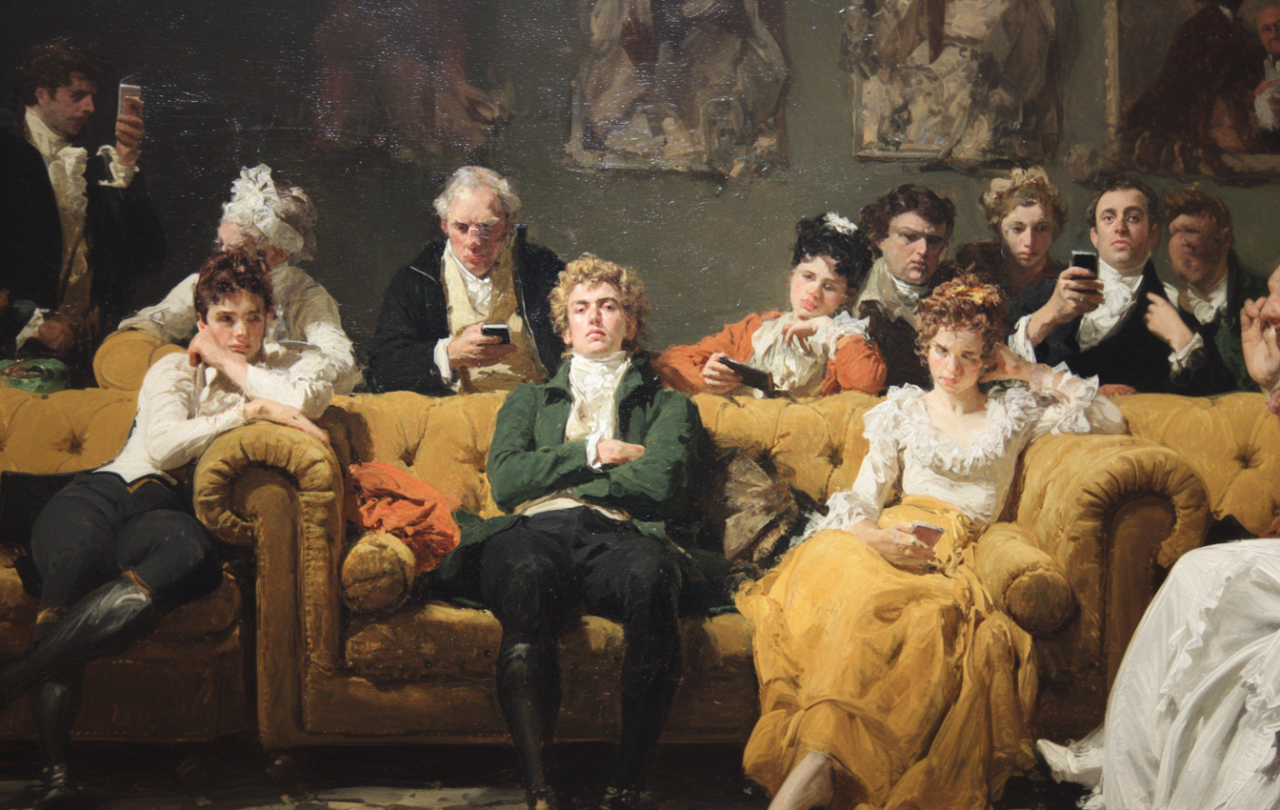
This episode is a little bit special.
Recorded live as a part of HTB’s 2024 Leadership Conference, GodPod’s Graham Tomlin interviews Dr Johannes Hartl. Johannes is a philosopher, theologian, spiritual leader, musician and author, dealing in topics of meaning, connectedness, beauty and faith. He is also the founder of the House of Prayer in Augsburg and, more recently, Eden Culture.
Graham and Joahnnes, joined by a live audience, speak of the self, language, how the transcendent is understood in our cultural moment and the power and beauty of prayer. This conversation is diverse and rich, and absolutely not to be missed.
For more from Johannes visit his web site.
Find Johannes’ main stage talk at the Leadership Conference main stage (along with other curated highlights for the event).
For more about St Mellitus visit its web site.





